Is there a way to improve latency on serial port data processing in Linux (4.8)? In particular, the time between actual data on the line and when select() and read read() functions on this port return.
Right now, my measurement shows 350 microseconds. The process is run with SCHED_RR priority 90. Is there a way to shorten this time or I have to change the driver? I'm using a 16C550 compatible chip from PERICOM (PI7C9X7954).
